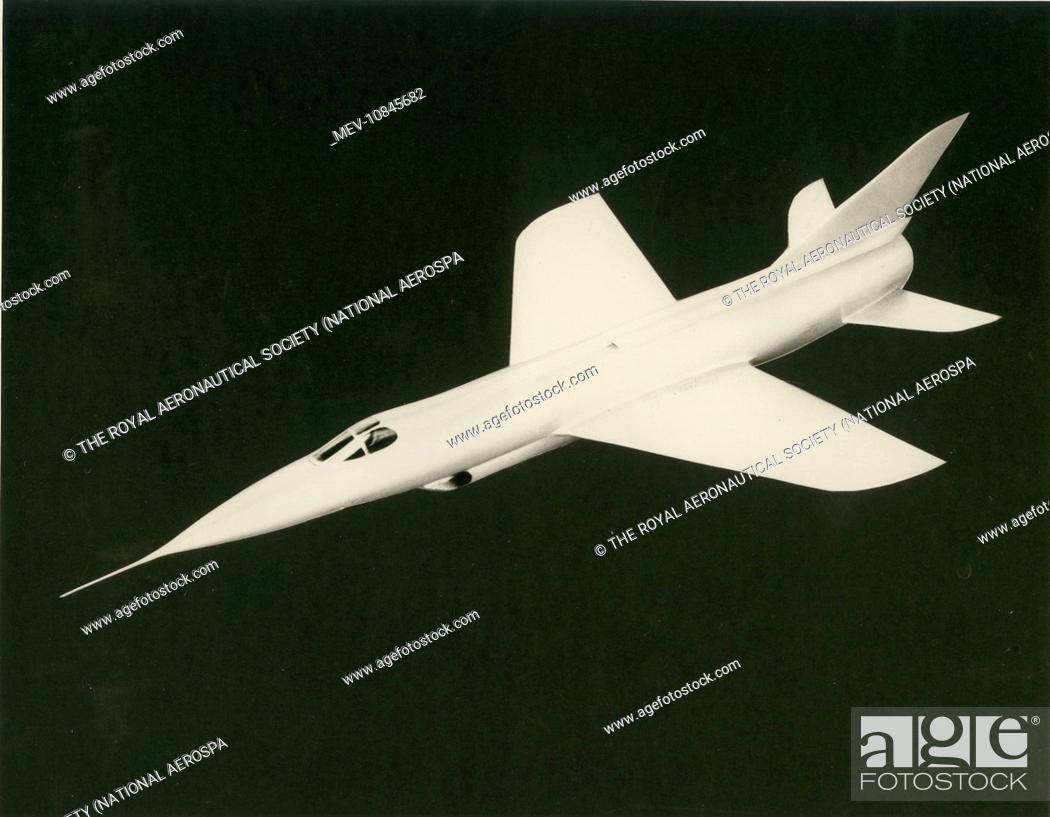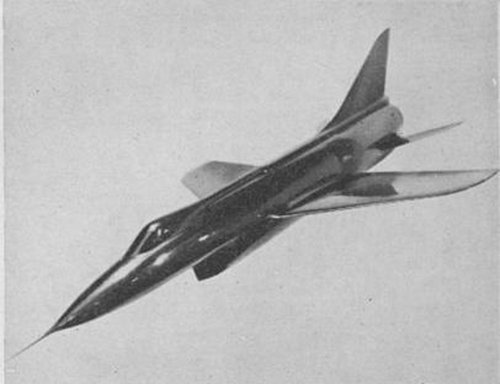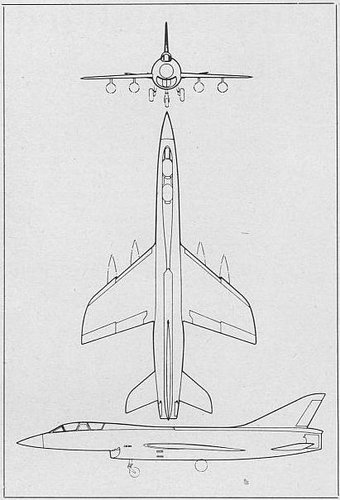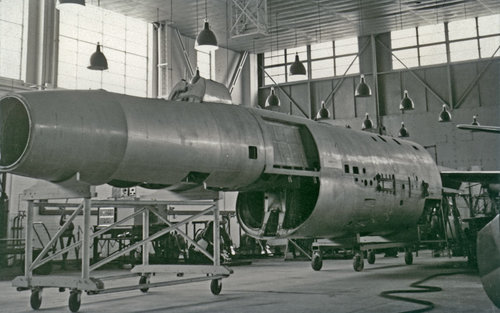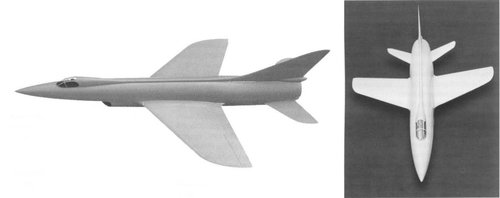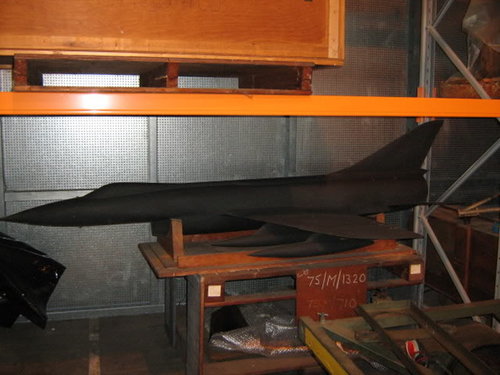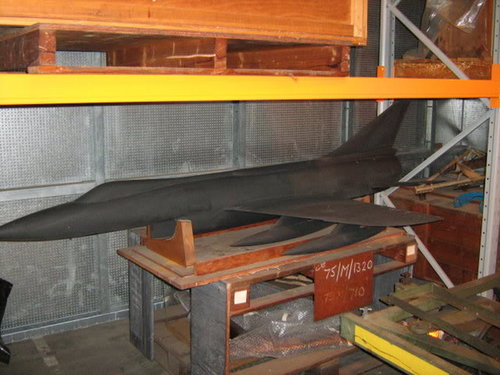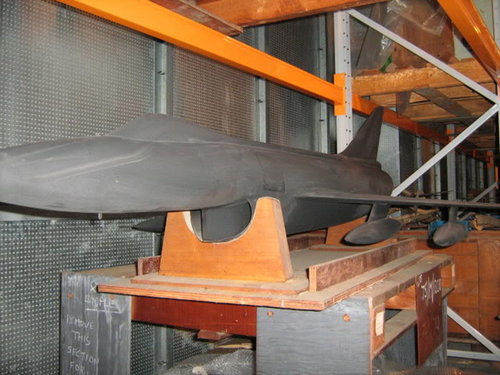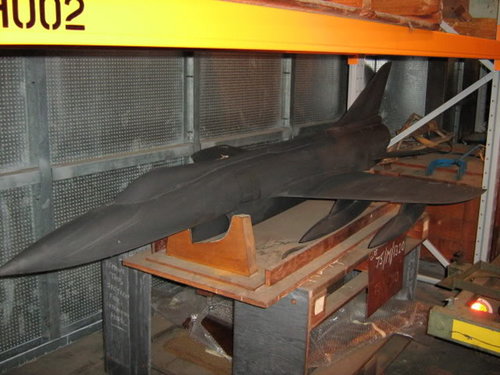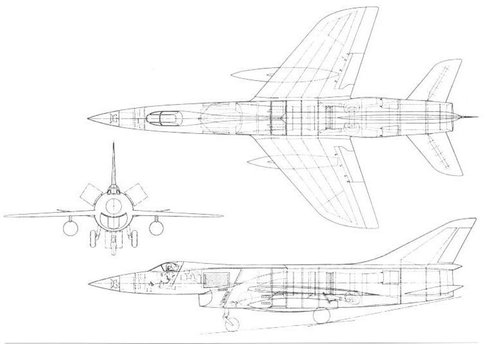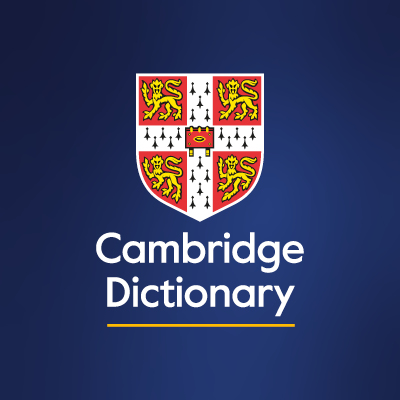I found the train journey to Kingston via Clapham Junction took about an hour and a quarter which I imagined would not be pleasant at times and later I was proved to be right. I reported on January 1st 1957 to Frank Cross’s office and was joined by Digger Fairey who was the senior section leader in the Experimental DO. At first they did not know whether I should be placed on the design of the variable wedge intake to the single DH Gyron 27,000 lb thrust engine of the P.1121 Mach 2.2 interceptor fighter, or on the design of its 69 degree swept fin. I was very pleased when they settled on the fin as the intake looked extremely complicated.
I was allocated a drawing board and table immediately inside the DO in line with those of Digger Fairey and Jack Simmonds overlooking the whole of the DO engaged on the design of the P.1121. Digger’s section had designed the main centre fuselage now under construction at the Richmond Road site, some two miles away. Jack was responsible for the cockpit and forward fuselage design. In this respect I was astounded to see articles and photos being used as a design guide depicting cockpit details of Convair’s two fighters, the F-102 Delta Dart and the F-106 Delta Dagger, both of which were flying at the time.
There were at least two other section leaders in the same DO that I recall: Derek Campbell responsible for the wing design and Ben Capper in charge of electrical systems. There were others on the floor below, one of which was Roy Slade in charge of powered controls who I had to deal with as the fin housed the rudder actuators.
Digger Fairey’s section was then designing the rear area ruled fuselage with some difficulty. Very little room remained for the rear frames between the outer skin and the large tailpipe of the Gyron with its afterburner. In places the frame depth could barely exceed four inches. I do not recall whether this situation demanded the use of titanium for it was decided from the outset to use this material for the first time at Hawker. Titanium was known to be lighter and stronger than aluminium but few UK aircraft companies had experience in working with it. Consequently it was found that working practices had to be drastically changed and much experimentation and testing were undertaken at a very late stage in the construction of this prototype. My concern of course was the design of the fin spars where they attached to the rear fuselage frames.
To a large extent the basic design of the fin was determined for me. Production of high tensile steel in the UK was at that time limited and directed to military projects on a priority basis. As the P.1121 was a PV (private venture or company funded) project supplies of this type of steel had to be sought elsewhere. A Belgian supplier had been found but to have the material when construction commenced the order had to be placed some 15 months in advance. Hence someone had to estimate the size and shape of the various forgings well before the fin was designed in any degree of detail. Forgings were required to ensure the grain of the material flowed in the correct directions to gain maximum strength and to avoid the onset of cracks.
So one day I was presented with drawings of three huge steel forgings which I had to incorporate in my design. Digger Fairey had made the initial estimate for placing the order and although some detail difficulties arose a design evolved in which all could be used. For the first two months or more my section consisted of one, myself, although others joining me at this stage would not have helped. Much of the basic layout had to be schemed and initial stressing carried out by Rob Robbins, a member of the Stress Office allocated to the fin.
My first week or two in the DO was, however, somewhat hectic. In the first two or three days I downed tools at the correct time and was away to catch my train. Shortly after I was called into the office by the Assistant Chief Draughtsman, Harry Tuffen. I was asked why I was not working overtime. My answer was because nobody had informed me it was expected. Most staff was said to work an additional hour on Tuesdays, Wednesdays and Thursdays. I said I could not make one as I went to night school but would stay the other two, for no payment of course as I was salaried. After staying for a week or two I found that nobody really worked. Frank Cross was rarely to be seen, Harry Tuffen read the evening newspaper the whole time, others read books or technical magazines and some disappeared.; so I decided not to continue to stay on. Again I was called into the office but this time I gave my reason and said if everybody worked the additional hour I would stay on. Dear Harry was flabbergasted, and that was the end of my overtime.
Sir Sydney Camm’s office was across the corridor immediately behind the wall at the rear of my board, there being a door to the corridor to both the left and the right of me.
During my second week Sir Sydney came in, leaned on my board and asked how I was doing. Immediately Frank Cross and Harry Tuffen sprang out of the office they shared and were beside us. Sir Sydney looked at my layout, consisting of a two spar design dictated by the steel forgings, and went into quite a rage. This was along the lines of: what was he paying me all this money for if I can only come up with a traditional design? I tried to point out the restrictions placed on the layout and the time lag that would result if new steel members were to be ordered at this stage, but he would not listen. I said I could easily produce a multi-spar design similar to the P.1121’s wing but the rest of the aircraft would be made and waiting another year for its fin. Again he would not listen and all the time my two superiors stood there not saying a word.
At that point I left them to obtain a roll of paper from the drawing stores the other side of the DO in order to prepare another layout for Sir Sydney’s approval. Little did I know that he thought that I had walked off and ignored him.
We met face-to-face in the centre of the DO when I was returning to my board. He was beside himself, shouting “What the bloody hell do you think you are doing?” With our noses almost touching I shouted “If you will only get out of my bloody way I will do what you bloody well asked for.” At that he stormed off as every draughtsman in the DO kept their heads well down. By the time I had reached my board my two superiors had returned to their office and closed the door. I went straight in and asked what the hell happens now? Unperturbed they suggested I carry on as before. I came out wondering just what kind of company I had joined.
I went home that night believing that I had blown it and would be given my notice next day to quit my new job; but it didn’t come. Instead I found out that this was Sir Sydney’s way of testing out a new boy. He never mentioned the incident again and would frequently come and lean on my board for a talk when he entered the DO. Once he suggested I accompany him next time he visited Boscombe Down, where all new prototypes were evaluated by the RAF, to see the new English Electric Lightning fighter, but it never happened.
It appeared to me that Sir Sydney had not kept pace with modern jet aircraft design and was obviously tolerated because of his name and past record. This seemed a great pity as he had been responsible for many of the RAF’s biplanes in the 1930s culminating in the beautiful Hawker Fury, the Fury Monoplane and the Hurricane.
Sir Sydney’s attitude towards some of his draughtsmen is recorded succinctly in Roy Braybrook’s 1984 book, ‘Harrier and Sea Harrier’. Roy was working in the Project Office when I was at Hawker. He wrote, “Over the years, the in-house legend grew of Camm being not simply a great designer, but some kind of all-seeing monster, who strode through the design offices, tearing up drawings that displeased him, and demolishing their perpetrators with his acid sarcasm, more especially at the time of the full moon. He never actually tore any of my drawings up but I certainly was entertained by his sarcasm. I also heard that if anyone who had to endure this treatment did not stand up to him then he would never have anything more to do with them”.
Why my two superiors could not have informed me beforehand of what I could expect, I do not know, so I had to find out the hard way; and I no longer had any respect for the pair. Many of the DO staff, I’m sure, resented my presence as I heard that they had never had an outsider appointed Section Leader. Furthermore I was the youngest at the time to hold this position. Many of the older draughtsmen showed their disapproval in the most childish ways. For example, the DO stores held long, thin flexible strips of wood, called drawing splines, and weights. These allowed complicated curves to be draw while the weights held the spline in place. I was using them continuously one day when I returned to my board to find them all missing. The stores said they had not been returned and were still out under my name. I searched the DO one lunch hour and found them hidden under the desk of an elderly draughtsman in Digger Fairey’s section. When he returned I confronted him and asked if he knew what ‘team spirit’ meant as I had found little of it in this DO.
The structure of the Hawker set-up was itself out of date for the period. It had a Project Office where ideas for new aircraft were born and when it was decided to build a new design it was passed to the Experimental DO for detail design. Subsequently one or more prototypes were built by hand. If they proved to be acceptable the design was passed on to the Production DO and the aircraft turned out in quantity. This was OK when aircraft were simple in design and could be easily constructed. However, they had become complicated and their many different systems required integration from the start. Also, few of the production and maintenance lessons learned could be understood or incorporated by the Experimental DO. This led to much bitterness between the two DOs, time wasting and delays.
For these reasons I found the Experimental DO had no use for a loft layout. The story was that the Production DO next door gave the Experimental DO an ultimatum at the start of the P.1121; you either create a loft layout at Kingston or it would establish its own to assist in the deign and construction of major jigs and tools. As the design side would never permit the production side to dictate any part of its design, it agreed, but to me it had no idea how to use it. The loft layout was based in a building used by the film industry at Teddington and was managed by Tommy Wake who had no previous lofting experience. A pleasant individual but he did not have the personality to stand up to either Frank Cross or Harry Tuffen and nobody in the DO appeared to exploit the service that he could offer design draughtsmen. Perhaps, my two superiors did not or would not encourage it.
How had Hawker managed to design aircraft like the beautiful Seahawk and Hunter without a lofting facility? I discovered that after the Company produced a hand-built prototype production was contracted out to other companies who possessed a loft. For example, with the Hunter only the centre fuselage was produced at Kingston and this was completely circular therefore no complicated double-curvature sections were involved. Some in the Production DO said the circular frames were laid out in chalk on the shop floor. I could not believe what I was hearing as companies like DH had created a lofting facility way back. I know I wanted to gain experience in a large aircraft company but not one some fifteen years or more behind the rest. At this point I knew that I had to move job again but would not do so before twelve months was up as this might be detrimental to me if it was on my CV.
Tommy Wake was a great help to me. The thickness-to-chord ratio of the fin was similar, I believe, to the wing, 5.1% at the root tapering down to 3.8% at the tip, therefore Tommy could provide me with section shapes and ordinates wherever I requested. I soon had several 6ft x 4ft aluminum pull-off loft plates standing behind my board that I constantly used, much to the surprise of most others in the DO who gave me the impression they had never seen one before. By this time my two superiors almost ignored me. I just got on with my job without any supervision or direction whatsoever.
The time came when I had determined the basic design in spar, stiffener and rib layout and the accommodation of the powered control unit and jacks to operate the rudder. I now wanted assistance to determine the detail of the main components and to produce manufacturing drawings, so I approached Harry Tuffen. About a week later he came to me and said, “A junior from downstairs will be joining you on Monday next. I don’t know what he’s like, he looks a bit scruffy.” Those were his exact words. Next Monday a young person reported to me named Eric Welbourne who was about 18 years of age. He had straight fair hair, was quietly spoken and dressed in a sports jacket and slacks he was far from scruffy. I asked what he had been up to at Hawker and he told me that for the last six months as part of his apprenticeship training in a DO he had been altering rivet pitch information on production and modification drawings. I could not believe my ears. In up-to-date aircraft companies the initial drawing would state that so many rivets are to be equally spaced between two known locations. The loft would determine their exact position for their holes to be drilled, often via a jig; and that was the end of the story. It served no purpose whatsoever. It would be an utter waste of time to go back to the original drawing and insert their exact position and was another example of the antiquated methods then employed at Hawker.
Young Eric was, in the last year of his Higher National Certificate and was an extremely bright, intelligent and likeable person. I quickly realised how fortunate I was to have him join me. I got him to solve the problem of designing the forward spar joint where it had to change direction. It was one of the most complicated design problems within the fin. Here for the first time at Hawker could I see the start of a small team as Eric was as keen as mustard and I could see that I might have to look out for my own job. I had to ask myself why on earth had nobody spotted the potential of this lad before? Between us we soon had the problem solved and the design agreed with Rob Robbins in the Stress Office.
As Eric demonstrated more of his ability with each passing day I started to be concerned about his future at Hawker as I was now convinced that he should be encouraged to seek a higher level of education that would open doors elsewhere. I eventually persuaded Eric to apply for a course at Cranfield and he was, I was pleased to see, accepted.
It became time to ask for more support and I once again approached Harry Tuffen. I imagined he thought he was responding to my request as he did in selecting Eric as I’m certain he had no idea how good Eric was until he handed in his notice because Tuffen never ever supervised us to find out. Another person, with no aircraft experience whatsoever, was allocated to me. Again a quiet person, in his twenties, whose name I cannot recall. However, he was a good draughtsman rather than a designer and he stuck to detailing the simple parts like ribs and cleats and soon picked up what had to be done.
Before the year was out the drawings for the manufacture of the prototype fin were about complete. The rudder had, funnily enough, been given to the Production DO to design as a honeycomb structure, yet the Hawker interest in my joining the Company was my past honeycomb experience. I was also told not to design the fin tip as it was to contain an aerial within it and so would be handled by the Electronic Section.
When it became certain that the Sandys defence white paper was really to herald the end of manned fighters for the RAF it was time to scan the technical vacancy columns of the national papers with more than a mere interest as it was obvious that the end of the P.1121 could be in sight. In one I noticed that Redifon Flight Simulators, part of Rediffusion required mechanical engineers at Gatwick Road on the Crawley Industrial Estate. I applied for the advertised post and was interviewed by Ken Wheeler who was in charge of the Control Loading Department. Up to this time the control loads experienced in an aircraft were simulated by means of springs, hydraulics or compressed air and therefore required mechanical designers whereas all other aircraft systems were simulated by electronics before the era of the silicon chip. Ken was particularly interested in my aircraft experience and an offer followed for a salary, I believe, of £1250, which I accepted.
As was to be expected there were no tears shed by my two superiors when I gave in my notice to leave Hawker on January 31st 1959. Eric and my other colleague were somewhat concerned but Eric’s near term future was already known and I believe the other left shortly after me. Eric completed the two year course at Cranfield and became part of the technical team at the Royal Aeronautical Society preparing data sheets on structures for the use of aircraft designers world-wide. He remained a friend for life.
Shortly after I left, Hawker Aircraft decided to abandon all work on the P.1121 and I was more than pleased to have left this antiquated company when I did. I was, however, beginning to wonder whether I was some kind of jinx because my past record in the aircraft industry perhaps indicated this. First there was the Planet Satellite, then the Swift followed by the PR Vulcan, all of which were either abandoned or unsuccessful. Or perhaps it was because I had come to work on these projects at the tail end of things.
There was however one item of historical significance at Hawker that I experienced. I had reason to visit the Project Office quite frequently, not only to talk to John Fozard who was overseeing the P.1121 but also to nose around to see what else was being worked on. John, by the way was more interested in small twin engined transport projects at the time. However, in the office was Ralph Hooper who was working on his V/STOL strike aircraft design, the P.1127, which many years later evolved into the Harrier. In the DO Digger Fairey was attempting to lay out the fuselage structure and I recall him saying to me that it was difficult trying to join so many holes together. This was because the engine went in and out from the top, there were two large holes each side for the jet nozzles and a large hole for the centre line mounted undercarriage underneath. Little changed over the 60 years the design has been around.
Although not sad to leave Hawker as a firm on January 31st 1958, I was dejected because no longer was I part of a team designing a new aircraft. No longer could I go down to the shop floor to see the aircraft mock-up and to see parts of an actual prototype under construction including parts of one’s own design. I had wanted working experience in a large aircraft design office and my 13 months had given me this, sometimes in unexpected ways.
